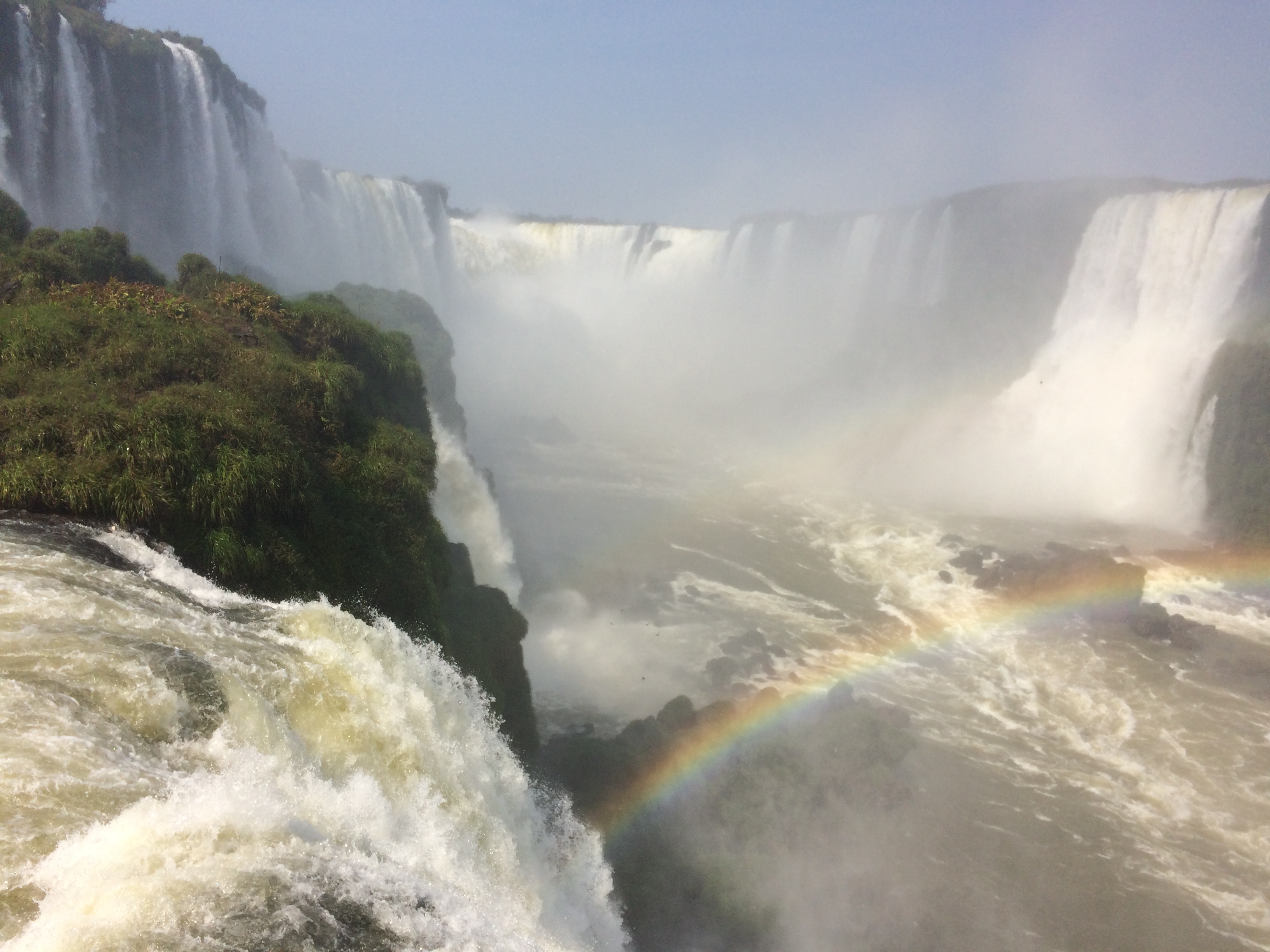
Ecological restoration, critical for poverty reduction
By Joaquim Levy, World Bank Group Managing Director and Chief Financial Officer
Why is ecological restoration so critical to the World Bank’s mission of reducing poverty and boosting shared prosperity? Quite simply, because environmental degradation is devastating to the most vulnerable communities![]() and perpetuates poverty around the world.
and perpetuates poverty around the world.
Some 42 percent of the world’s poorest live on land that is classified as degraded. The situation becomes worse every year, as 24 billion tons of fertile soil are eroded, and drought threatens to turn 12 million hectares of land into desert.
The costs associated with environmental degradation can be compared to the impacts of a natural disaster.![]() In Indonesia, for example, a few months of peat fires created more economic damage than the Tsunami in Aceh.
In Indonesia, for example, a few months of peat fires created more economic damage than the Tsunami in Aceh.
Thankfully, there is still time to reverse this type of harm. Worldwide, about two billion hectares of degraded forest land could be restored, creating functional, productive ecosystems that can boost sustainable development. Governments and other stakeholders are motivated to make this happen – nothing was clearer from my participation in the 7th World Conference on Ecological Restoration, last week in Foz do Iguaçu, Brazil.
So how do we take the next step and make large-scale environmental restoration a reality? We need to keep a few key principles in mind:
First, we need to think of a new forest economy. Environmental restoration at the scale we need requires going beyond conservation.![]() It means integrating timber and food production, as well as energy and disaster risk management, particularly when it comes to water resources. We need to look at countries like Austria, Germany and South Korea, which have built entire rural economies on high-tech forest value chains that are not only highly productive, but also ecologically meaningful. The World Bank has supported this approach in several places, including China, where an erosion control project returned the devastated Loess Plateau to a thriving landscape that supports sustainable agriculture and the livelihoods of 2.5 million people.
It means integrating timber and food production, as well as energy and disaster risk management, particularly when it comes to water resources. We need to look at countries like Austria, Germany and South Korea, which have built entire rural economies on high-tech forest value chains that are not only highly productive, but also ecologically meaningful. The World Bank has supported this approach in several places, including China, where an erosion control project returned the devastated Loess Plateau to a thriving landscape that supports sustainable agriculture and the livelihoods of 2.5 million people.
Second, we need to find efficient, low-cost restoration solutions that can be brought to scale. This means investing in rigorously tested scientific methods, because we cannot afford to make large-scale mistakes. It also requires customized solutions capable of meeting the various restoration challenges, from evaluating whether native species are always the best choice, to considering a range of time horizons. Brazil’s commercial restoration sector is a leader in this field, with cooperative, inter-company research contributing to the success of the commercial plantation sector.
Third, we need to ensure legal rights for forests. There can be no thriving forest economy without sound tenure rights, including for Indigenous and traditional peoples. Some countries are making progress on this front. In Nicaragua, for instance, all ancestral territories of Indigenous Peoples in the Caribbean Region are now mapped and titled thanks to legal, policy, and institutional reforms that began 15 years ago, with World Bank support.
Fourth, we need to better understand the value of our forest services. Adopting natural wealth accounting that values assets such as land, forests, and minerals as a companion to GDP would help state the economic cost of degradation and the benefits of restoration. Armed with such information, Ministers of Finance may become restoration champions, and governments would have the tools to develop a forest-smart approach that works across economic sectors and at the right scale. Consider the case of Costa Rica: by establishing forest accounts, the government documented that forests contributed close to 10 times more to GDP than was previously thought.
The last missing link is financing. We need to consider all levels of financing, starting with small and medium-sized enterprises. Forest development and integrated agriculture need to be made attractive to entrepreneurs![]() , including women and the young.
, including women and the young.
In addition, tax and transfer systems must recognize the importance of environmental services. Providing strong governance and guidance on the use of environment compensation fees, such as Brazil’s “compensaçao ambiental,” ought to be a priority. Local solutions need to be discussed everywhere, along with international incentive systems.
Finally, when adequately-funded and accountable research starts to generate the right technology, sizeable financial resources will flow to restoration.
To recap: ecosystem restoration is critical for sustainable development and poverty alleviation![]() ; there are significant opportunities for putting these approaches into practice; and we have a solid understanding of the core principles that contribute to successful restoration efforts.
; there are significant opportunities for putting these approaches into practice; and we have a solid understanding of the core principles that contribute to successful restoration efforts.
At the World Bank Group, we stand ready to support countries’ restoration efforts through our financing tools and partnership programs like the Program on Forests (PROFOR). Together, our efforts can have a transformative impact on improving the lives of the poorest and benefitting the environment.
For stories and updates on related activities, follow us on twitter and facebook, or subscribe to our mailing list for regular updates.
Last Updated : 06-16-2024








